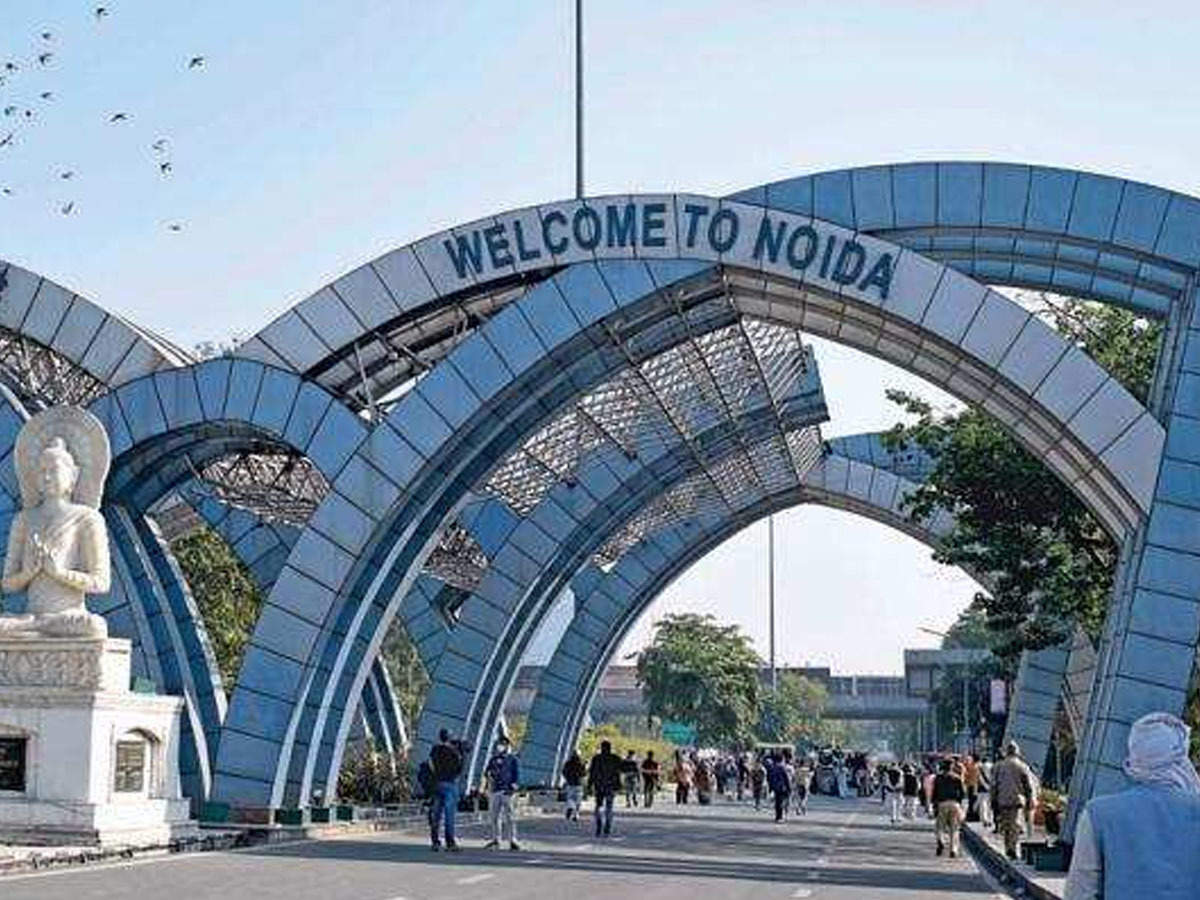
Daily News and Views
This Diwali was supposed to have green crackers taking centrestage. The eco-friendly varieties would have reduced emission of harmful chemicals and had low volume in line with the Supreme Court order passed just before Diwali 2018.
Pink of health: And so, the Council of Scientific and Industrial Research’s National Environmental Engineering Research Institute (CSIR-NEERI) was tasked to define what a green cracker is and arrive at the formulation. It was finally defined as one that would reduce emissions by 30%, while lowering sound levels from 160 decibels (made by conventional crackers) to 125 decibels (at a distance of 5 m). FYI: 90 decibels is considered the standard. Also, no chemicals such as lithium, arsenic, lead or mercury in the formulation. Even barium nitrate, an important raw material, was banned by the apex court. CSIR-NEERI opted for potassium nitrate and zeolite instead.
Red faced: The Petroleum and Explosives Safety Organisation (PESO) was then supposed to set the guidelines for manufacturing the green crackers and give the licence to firework manufacturers to produce them. A green label and a QR Code set the new crackers apart from conventional ones. However, a delay in arriving at the formulation and releasing the guidelines meant that PESO could award the license to just 28 manufacturers (out of a total of 1,100). Ergo, only a small proportion of the crackers on sale this year are in accordance with the new norms. Given that the industry received a delayed go-ahead, the green label or QR code may be missing as well.
Industry blues: Cut to Sivakasi in Tamil Nadu. The country’s firecrackers hub in the past years supplied 90-95% of India’s firecrackers with revenues of around $800 million spread across nearly 1,000 manufacturers. But confusion regarding the regulations meant that production, reportedly, plunged by 50-60%. Fact: The industry is the biggest local job creator there, directly or indirectly employing hundreds of thousands of people. But some have migrated to other jobs like daily wage labourers, farm labourers and construction workers.
With green crackers being more expensive, sales have also been slow. Add to this, procurement of licences have been difficult as well. Little wonder then that only anaar (flowerpot) and phuljhari (sparkler) are the only green cracker varieties available in Sadar Bazaar, Delhi’s wholesale market..
Grey market: Media reports point out that traditional firecrackers are being sold in shops across the country, including banned items like ladis (chain firecrackers) and barium formulations. And although in the past authorities have tried to enforce the new rules, most people set off the old type regardless. So widespread is the use of crackers on Diwali, even enforcement authorities can’t keep up with the violations. Last year, the Delhi Police arrested 300 people for violating the SC’s ban on commercial crackers. The pollution impact is particularly high in the Capital, compared to other cities. Air pollution levels in the city exceeded 66 times the safe limit last year around Diwali. With Delhi recording its worst air quality of this season on Friday, the arrests of violators that are on currently may be a small save.









